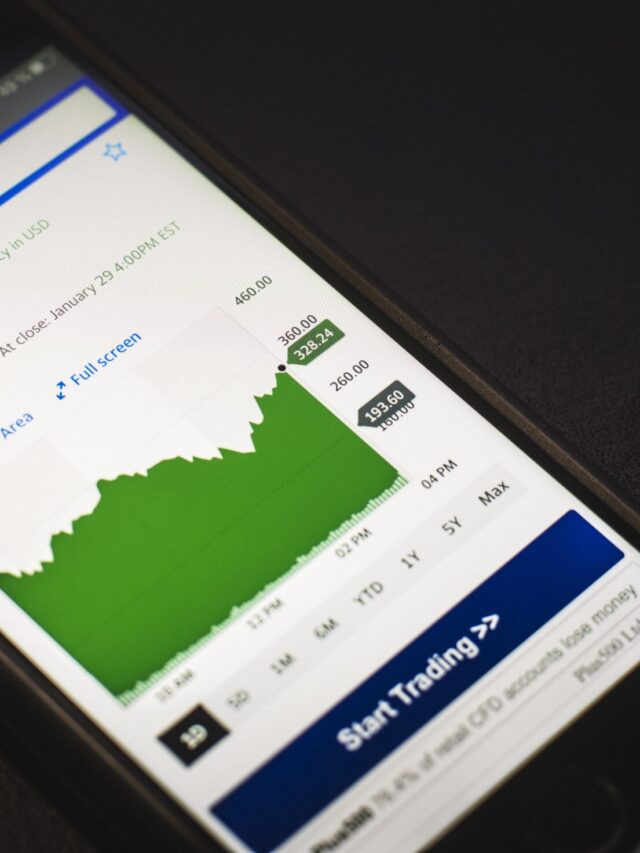Warning: Undefined array key 0 in /home/u117450413/domains/smartblog91.com/public_html/wp-content/plugins/seo-image-optimizer/options/option-panel.php on line 141
Deprecated: pathinfo(): Passing null to parameter #1 ($path) of type string is deprecated in /home/u117450413/domains/smartblog91.com/public_html/wp-content/plugins/seo-image-optimizer/options/option-panel.php on line 141
Warning: Undefined array key 0 in /home/u117450413/domains/smartblog91.com/public_html/wp-content/plugins/seo-image-optimizer/options/option-panel.php on line 141
Deprecated: pathinfo(): Passing null to parameter #1 ($path) of type string is deprecated in /home/u117450413/domains/smartblog91.com/public_html/wp-content/plugins/seo-image-optimizer/options/option-panel.php on line 141
Warning: Undefined array key 0 in /home/u117450413/domains/smartblog91.com/public_html/wp-content/plugins/seo-image-optimizer/options/option-panel.php on line 141
Deprecated: pathinfo(): Passing null to parameter #1 ($path) of type string is deprecated in /home/u117450413/domains/smartblog91.com/public_html/wp-content/plugins/seo-image-optimizer/options/option-panel.php on line 141
Warning: Undefined array key 0 in /home/u117450413/domains/smartblog91.com/public_html/wp-content/plugins/seo-image-optimizer/options/option-panel.php on line 141
Deprecated: pathinfo(): Passing null to parameter #1 ($path) of type string is deprecated in /home/u117450413/domains/smartblog91.com/public_html/wp-content/plugins/seo-image-optimizer/options/option-panel.php on line 141
In today’s interconnected world, supply chains play a crucial role in ensuring the smooth flow of goods from producers to consumers. These intricate networks span across borders, continents, and diverse industries, seamlessly connecting the raw materials, components, and finished products that form the backbone of our global economy. However, the delicate balance of supply chains is often susceptible to disruptions, causing ripple effects that can impact businesses and consumers alike.
Table of Contents
The Anatomy of Supply Chain Disruptions
Supply chain disruptions can arise from a myriad of factors, both natural and man-made. Natural disasters such as hurricanes, earthquakes, and floods can wreak havoc on infrastructure, transportation networks, and production facilities. Political instability, trade conflicts, and cyberattacks can also disrupt the flow of goods, causing delays, shortages, and increased costs.
Moreover, the sheer complexity of modern supply chains, with their intricate relationships between suppliers, manufacturers, distributors, and retailers, makes them vulnerable to unexpected events. A disruption in one part of the chain can quickly cascade through the entire system, causing widespread ramifications.

Impacts of Supply Chain Disruptions: A Ripple Effect
The consequences of supply chain disruptions extend far beyond the immediate impact on businesses directly involved. Consumers often face product shortages, price hikes, and reduced product availability. Businesses may experience revenue losses, production delays, and reputational damage. Moreover, supply chain disruptions can exacerbate inflation, straining economies and impacting global growth.
Navigating the Turbulent Waters: Strategies for Resilience
In the face of these challenges, businesses are adopting various strategies to enhance their resilience against supply chain disruptions. These include:
- Diversification of Supply Sources: Reducing reliance on a single supplier or region can mitigate risks associated with localized disruptions.
- Enhanced Visibility and Monitoring: Real-time tracking of supply chain movements and inventory levels can provide early warning signs of potential disruptions.
- Technology Adoption: Leveraging data analytics, artificial intelligence, and blockchain technology can optimize supply chain planning, decision-making, and risk management.
- Collaboration and Partnerships: Fostering strong relationships with suppliers, logistics providers, and industry partners can facilitate information sharing and coordinated responses to disruptions.
Conclusion: Building a More Resilient Supply Chain Ecosystem
Supply chain disruptions are an inevitable reality of the globalized economy. However, by adopting proactive strategies, businesses can enhance their resilience, minimize the impact of disruptions, and ensure the continued flow of goods that underpin our interconnected world. The future of supply chains lies in building a more resilient, adaptable, and sustainable ecosystem that can withstand the turbulence of an ever-changing global landscape.

Supply Chain Disruptions: Frequently Asked Questions
1. What is a supply chain disruption?
A supply chain disruption is an interruption in the flow of goods and materials from producers to consumers. This disruption can occur at any point in the supply chain, from the sourcing of raw materials to the delivery of finished products.
2. What are the causes of supply chain disruptions?
There are a wide range of causes of supply chain disruptions, including natural disasters, political instability, labor strikes, cyberattacks, and technological failures. In recent years, the COVID-19 pandemic has been a major cause of supply chain disruptions, as it has led to widespread lockdowns, travel restrictions, and labor shortages.
3. What are the impacts of supply chain disruptions?
Supply chain disruptions can have a significant impact on businesses and consumers. Businesses may experience revenue losses, production delays, and increased costs. Consumers may face product shortages, price hikes, and reduced product availability. Supply chain disruptions can also exacerbate inflation and strain economies.
4. How can businesses mitigate the risk of supply chain disruptions?
There are a number of strategies that businesses can adopt to mitigate the risk of supply chain disruptions, including:
- Diversifying their supply base: This involves sourcing raw materials and components from multiple suppliers in different regions.
- Increasing inventory levels: This can help to buffer against unexpected disruptions.
- Implementing real-time tracking of goods and materials: This can provide early warning signs of potential disruptions.
- Investing in technology: Technology can help to improve supply chain visibility, efficiency, and resilience.
- Collaborating with suppliers and logistics providers: This can help to share information and coordinate responses to disruptions.
5. What can consumers do to cope with supply chain disruptions?
Consumers can help to cope with supply chain disruptions by:
- Being aware of potential shortages and price increases: This can help them to make informed purchasing decisions.
- Planning ahead and buying in bulk: This can help to avoid stockouts.
- Supporting local businesses: This can help to reduce reliance on global supply chains.
- Being patient and understanding: Supply chain disruptions can be complex and difficult to resolve.
Supply chain disruptions are a complex and challenging issue, but by understanding the causes and impacts of disruptions and implementing strategies to mitigate risk, businesses and consumers can work together to build a more resilient and sustainable supply chain ecosystem.




